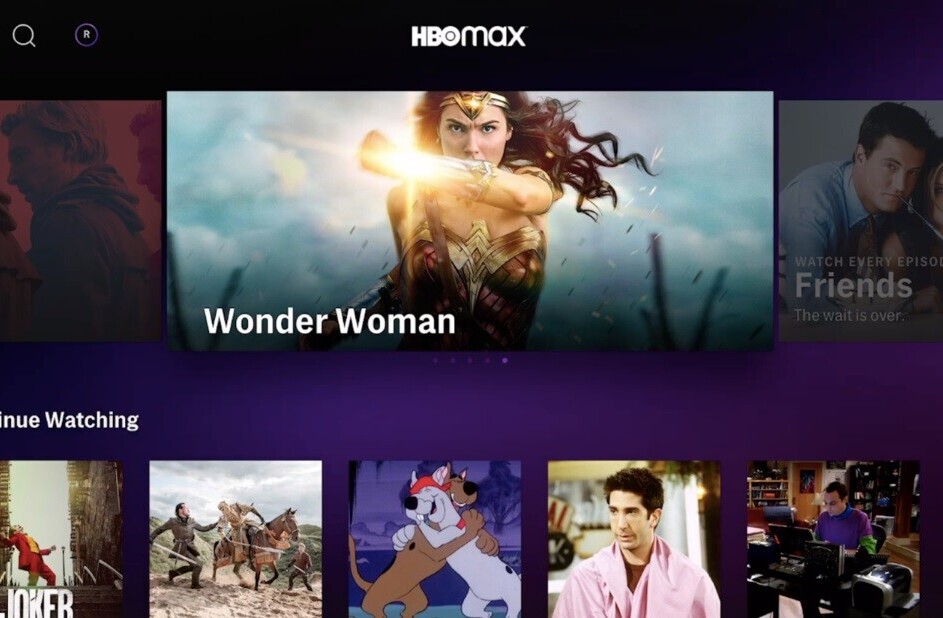
It is a metric that is well used across the world in research, analysis and reporting but it is time that the technology world stopped leaning so heavily on Internet penetration. The statistic is one of a number that are at a risk of becoming out-dated in today’s multi-platform Internet.
Internet penetration rate denotes the percentage of a (usually) national population that has access to the Internet in their home. The figure is calculated by studying customer figures from fixed-line Internet service providers (ISPs), and – though not 100% accurate – it is a reliable estimate of the reach of fixed, home web access.
Once upon a time…
Back when Internet access was primarily through dial-up connections, a time when firms like AOL were titans of the Internet and even MySpace was yet to arrive on the scene, Internet penetration was the ultimate indicator of access.
This was a time when ‘going online’ was not a regular part of life and certainly not the always-on experience of today. Back then, the rate clearly showed just how many households that were both digitally-minded enough to seek access to the World Wide Web, and suitably affluent to afford it. It made for an interesting metric when compared to statistics like GDP, average salary, mobile penetration (let us save the discussion for the aging of this metric for another time) and more.
The Internet today
In short, Internet penetration rate was a very telling statistic, however the online space of today has changed massively. Not only has AOL shifted its position, and is now the owner of a globally-influencing media empire, but the frequency of locations where and devices used to access the web have evolved way beyond the dial-up days.
Today’s average Internet user could access the web from as many as five different locations in just one single day.
Meet Fred. While taking his breakfast he grabs his iPad, logging into his personal email account over the Wi-Fi in his flat. He sets off to work, taking the subway during which he whips out his iPhone to check the reaction to last night’s big match. 
He gets to the office, just in time, and quickly scans his work inbox on his BlackBerry in the lift en-route to his desk on the 24th floor. Fred is online through out the day using the company’s wired Internet to his desktop, while a lunch meeting sees him log in using his laptop and Starbucks’ Wi-Fi. The rest of his day is fairly uneventful and by 9.00 pm he is at home, catching up with friends over Facebook on his laptop whilst talk to his girlfriend on Skype.
Today, like any ordinary day, Fred has accessed the Internet through 6 different IP addresses using 6 different devices. Yet using a metric like Internet penetration, precious little of his day’s Internet activity is measured.
Assessing him through Internet penetration, Fred is classed as an Internet user, which he is, however his usage is considerably more advanced than his Grandma, for example, who – quite advanced for her age – accesses the web through her fixed-line Internet at home, but nowhere else. Yet the difference in the Internet access of Fred and his grandma is not reflected when looked at through Internet penetration rate.
In reality, Fred and his grandma are on a different level of Internet access and usage, but few mainstream statistics can adequately assess and represent this difference.
The potential of mobile
Fixed-line is just one of the many ways we access the Internet today, and if we are to analyse and look at the way nations use the web – as Internet penetration is used for – then other popular touch points and platforms must be included. The issue is more significant when stepping out of the western web, where connection to the Internet is pretty much ubiquitous amongst society.
In regions like Latin America, Africa and Southeast Asia, Internet access is less widespread for a number of reasons. Cost is one key factor, as fixed-line Internet requires hardware – such as PCs – which are often luxury items beyond the reach of many. There is a strong culture of pre-pay in many developing markets, particularly visible when looking at mobile. ISPs require long-term agreements which many are reluctant to engage.
Finally, those in remote areas suffer from lack of access to technology, if ISPs don’t have the necessary infrastructure in place they can only offer a slow service, if anything at all.
Mobile Internet offers the potential to hurdle many of these obstacles, however its usage is not recognised in reports or analysis which assesses national access through Internet penetration rates.
The future
Operators in developing markets are beginning to offer services at affordable prices through pre-pay deals. The infrastructure demands of mobile are far lower than fixed-line, and in most regions – even in developing markets – mobile enjoys near widespread service, although speeds do vary.
All of this represents potential for increasing Internet access. Right now, though their ownership is increasing, smartphones remain a niche that is not affordable to all. Android is helping manufacturers develop lower-priced yet sophisticated devices – which is likely to see the platform dominate in Asia – but a sizeable proportion of those people with mobile Internet access in developing areas are likely to also enjoy fixed-access at home.
In Africa, for example, broadband is an alien concept to a great many in a region where mobile Internet-enabled smartphones remain unaffordable to the masses.

For the time being, Internet penetration rate is a reasonable representation of those that have personal web access – be it mobile or PC-based. However, with large scale initiatives to provide low-price tablet computers in a number of developing markets – such as India and Thailand – under way, and smartphone ownership tipped to grow thanks to low-cost devices like Huawei’s $100 IDEOS phone in Kenya, mobile is set to become a key platform to access the Internet. Given the rigidity of current indicators, such as Internet penetration rate, little of the access and activity from mobile will be adequately reflected.
Facebook in Indonesia
A good example of the shortcomings of current research is how Internet acess in Southeast Asia is analysed. Reports and research frequently compare the use of services – such as total registrations for Facebook – against a country’s Internet penetration rate.
The rate is used, alongside country population figures, to give an estimate of the number of citizens with access to the web, a statistic that is referred to as the Internet user number, or ‘online population’. With online population established, the number of users of a site – for example Facebook – can be compared to give an estimate of how popular it is in the country.
There is one important factor missing from this equation…mobile. Southeast Asians, in particular, as passionate mobile social network users. For a great many Facebook users in Indonesia, for example, just being on Facebook does not guarantee that they also have Internet access at home as the research assumes. Internet cafes are popular hang-outs in the country and it is likely – though this figure cannot be proven – that a great many users access the web from cafes, other public Internet access points and their mobile phone.
These factors help explain why, in Malaysia, the shortcomings of the comScore measurement system leaves questions unanswered. Such as, how increased mobile Internet access affects how fixed-line Internet users spend time online.
Analyse smarter
The real issue is that too many reports and analysis makes use of the wrong metrics. Analysing a nation’s usage of Facebook by comparing it to Internet penetration is an indicator, but it is no reliable, factual piece of data. It does not mean that 68% of Indians with Internet access are on Facebook, because in today’s world access is wider than ever before.
In reality, there is no silver bullet to measure Internet access. Instead there are a number of differing factors and measurements which together can help provide an indication of how and where people are going online.
As developing regions increase their presence online, with the benefits of the web spreading to more people in the world, the need for strong analysis and reliable use of data will only increase. With mobile poised to play a key role in providing access, it is time for new thinking and new measurements to track the huge opportunity that Internet access can bring to the world.
Get the TNW newsletter
Get the most important tech news in your inbox each week.





